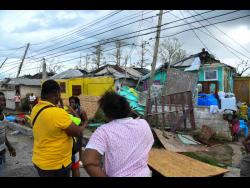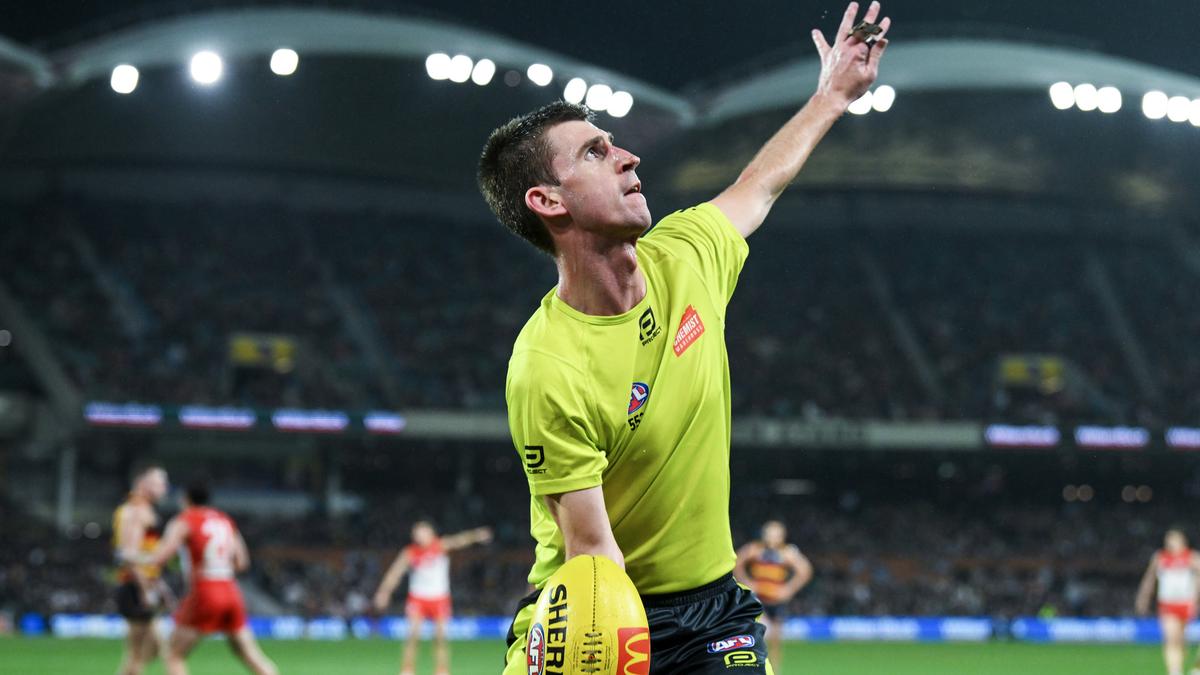Copyright jamaica-gleaner

Numerous roofless buildings, flooded streets, downed light posts and electrical wires, along with countless sheets of zinc strewn almost everywhere, stood as tell-tale signs of the trail of destruction left behind by Hurricane Melissa in the historic town of Falmouth, Trelawny. And as if that was not enough, electricity and Internet outages on Wednesday left the entire parish cut off from the rest of the island, resulting in a dangerous disconnect between emergency responders and desperate residents in some flooded communities. Local officials were unable to say, up to late yesterday, whether there were any deaths caused by the category 5 hurricane, which made landfall in Jamaica on Tuesday. “The question [that] you are asking, we too want to know, but we don’t know either… if we have any loss of lives. That we can’t say because we are unable to communicate by phones, Marlet Wellington, acting chief executive officer of the Trelawny Municipal Corporation, told The Gleaner on Wednesday. Another challenge for local authorities, Wellington disclosed, was the need to get food supplies to persons being housed in designated shelters. “But again communication…we don’t have any communication system to know which shelter needs what, when and how. We are in a straight jacket, like we are tied up, but we are trying to do the best that we can within the limitations that we have,” she said. “What we can tell you though, which you are seeing for yourself, is the massive devastation and destruction that has struck Trelawny.” The powerful hurricane tore through the roofs of the fire station, the parish court offices, the municipal corporation building, the Trelawny Public General Hospital and the Trelawny Infirmary, among other critical infrastructure. Indigents, who were being housed at the infirmary, were relocated days before the hurricane made landfall, officials confirmed. Flood waters estimated at between two and three feet inundated main roadways such Market and Tharpe streets and other roads leading off, which were already made hazardous by downed trees, light posts and power lines. “Is like a war zone. Is the worst I’ve ever seen,” said Newton Kelly, a 62-year-old resident. Juraine Samuels, a resident of Tharpe Street, described how he and seven other family members – including two young children – held hands and walked through waist-high water as his roof gave in to the strong winds and heavy rains flooded their home. He said they got to the fire station, about 200 metres away, but claimed they were refused entry and had to return to their homes. However, as the hurricane intensified, Samuels said they had to flee their home again. “We have to hold hands together and di whole a we come out and we tek time and go dung to Victoria Street. And we stay pan the plaza di whole time until everything ease up,” he recounted. Samuels said he did not know where the designated shelters were located when asked why he and his family did not heed the warnings by authorities. A senior firefighter confirmed that the fire station fielded “a few” telephone calls from residents and was able to respond to some. “Some places were impassable because of the amount of water that was on the road. We couldn’t get into the areas with the unit, so we were limited in that regard,” he told The Gleaner. At the Falmouth Public General Hospital, doctors and nurses – some wearing water boots – bravely tried to treat a handful of patients in the Accident and Emergency unit that lost its roof during the hurricane. A man with a large gash to the head was among approximately 30 people who turned up at the facility between Tuesday and Wednesday with cuts and bruises sustained during and after the storm, officials there disclosed. One nurse described the frantic moments as he and his colleagues tried to move more than 50 patients out of harm's way and into the X-ray department as the hurricane tore away the roof to other sections of the hospital. “The last place that we went to, we thought that it was the last stand, as in the last place… after this, that’s it. If that gets flooded or the roof gone, that’s it, we doom,” he explained. livern.barrett@gleanerjm.com



